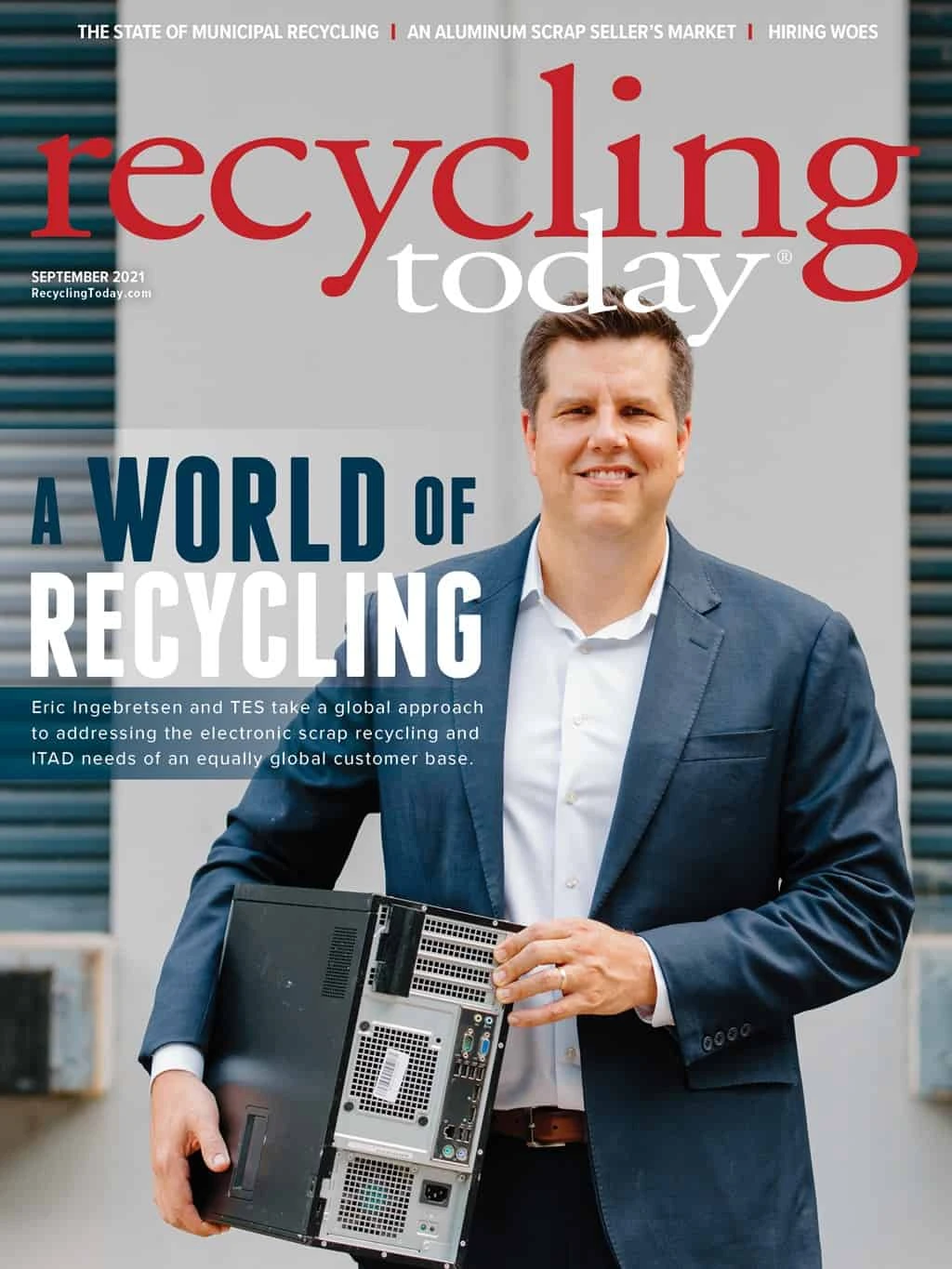The ferrous scrap story of 2021 has consisted largely of steady to surging domestic and global demand that has placed pressure on scrap supply, especially for prompt high grades.
The August chapter of the story offers more of the same when it comes to the No. 1 busheling prompt grade measured by Midwest Index pricing from Fastmarkets AMM. However, obsolete grade pricing experienced a hint of weakness in the domestic market and in terms of the East Coast export price.
Although mixed No. 1 and No. 1 heavy melting steel (HMS) bulk shipments were selling for about $40 per ton less in early August compared with early July, at least one ferrous trader says he is unconvinced those transactions portend future weakness in the market.
“I’m a bit mystified as to why [export] prices are weak. There isn’t an abundance of scrap out there from what I’ve seen.” – Nathan Fruchter, Idoru Trading & Consulting
“I’m a bit mystified as to why those prices are weak,” says Nathan Fruchter of New York-based Idoru Trading & Consulting in mid-August. “There isn’t an abundance of scrap out there from what I’ve seen,” he adds.
Fruchter says supply is likely even tighter in Europe, the other major supplier of ferrous scrap to nations such as Turkey and India. In Europe, August flooding combined with a summer holiday tradition slowed down flows to European yards and the processing speed at scrap yards, he says.
Increased shipbreaking activity this year has helped supply an estimated $1 billion in ferrous scrap to the Indian subcontinent market in the first half of 2021, but Fruchter says much of that material is torch-cut for reuse or rerolling and likely has had only a minor impact on demand for imported shred and HMS.
On the demand side, Fruchter sees no downturn in mill activity in Turkey, the leading destination for ferrous scrap exported from the U.S. “Margins the Turkish mills are making on rebar are quite big—actually phenomenal,” he says. “I find scrap prices are underpriced at the moment.”

Two recyclers in the Great Lakes region report steady inbound supplies of obsolete scrap but equally steady strong demand from mills and foundries for prepared scrap. Both processors say the positive conditions in 2021 have caused them to invest to maintain and increase their processing capacity.
For one of the two processors, maintaining staffing has been the biggest challenge in 2021. He cites the continuation of benefits created during the first COVID-19 wave as one reason for an overall tight labor market.
The processor also is in a state that now provides greater access to cannabis products, which he cites as a factor causing difficulties in hiring and retaining commercial driver’s license- (CDL-) carrying truck drivers. (CDLs are issued through a federal agency that is not tolerant of the presence of cannabis in drug test results.)
The labor shortage and freight bottlenecks that have affected many industries seem poised to provide the biggest headaches for scrap recyclers in the second half of the year, just as they did in the first half.

As of early August, domestic demand for scrap continued to demonstrate a full rebound from the temporary plummet it experienced in the middle of 2020, when COVID-19-related workplace restrictions were at their peak.
According to the American Iron and Steel Institute, Washington, year to date through Aug. 7, nearly 56.5 million tons of steel had been produced in the U.S. That is up 19.3 percent from the 47.3 million tons made during the same time frame in 2020.
Fastmarkets AMM August prices show a remarkable $193 per ton difference between the price of No. 1 busheling prompt scrap in the Midwest and the price of shredded scrap. Industry observers continue to point to supply chain disruptions in the automotive sector as a leading contributor to the pricing phenomenon.
The medium-to-long-term future for ferrous scrap seems more positive compared with the current freight and labor challenges. Global sustainability targets point to sustained demand.
Steelmaker Luxembourg- based ArcelorMittal, made two announcements in late July with likely medium-to-long-term impacts on the ferrous scrap market.
The firm, which is ramping up an electric arc furnace (EAF) mill in Alabama, announced it also is converting blast furnace/basic oxygen furnace (BF-BOF) capacity in Hamilton, Ontario, to EAF production.
While that mill will be fed in part by an adjacent direct reduced iron plant, the firm also mentions scrap prominently in its updated corporate climate action report, saying, “We will increase the use of scrap in BF-BOF steelmaking,” as well as boosting scrap-fed EAF capacity.

Explore the September 2021 Issue
Check out more from this issue and find your next story to read.
Latest from Recycling Today
- Orion ramping up Rocky Mountain Steel rail line
- Proposed bill would provide ‘regulatory clarity’ for chemical recycling
- Alberta Ag-Plastic pilot program continues, expands with renewed funding
- ReMA urges open intra-North American scrap trade
- Axium awarded by regional organization
- Update: China to introduce steel export quotas
- Thyssenkrupp idles capacity in Europe
- Phoenix Technologies closes Ohio rPET facility





